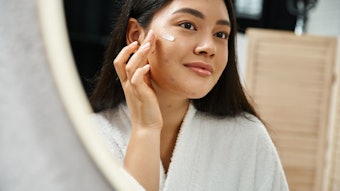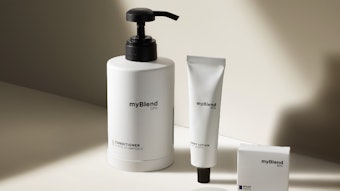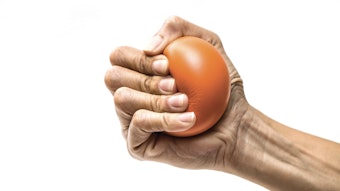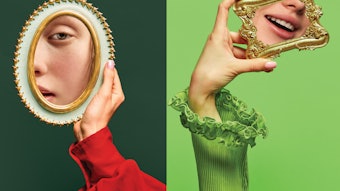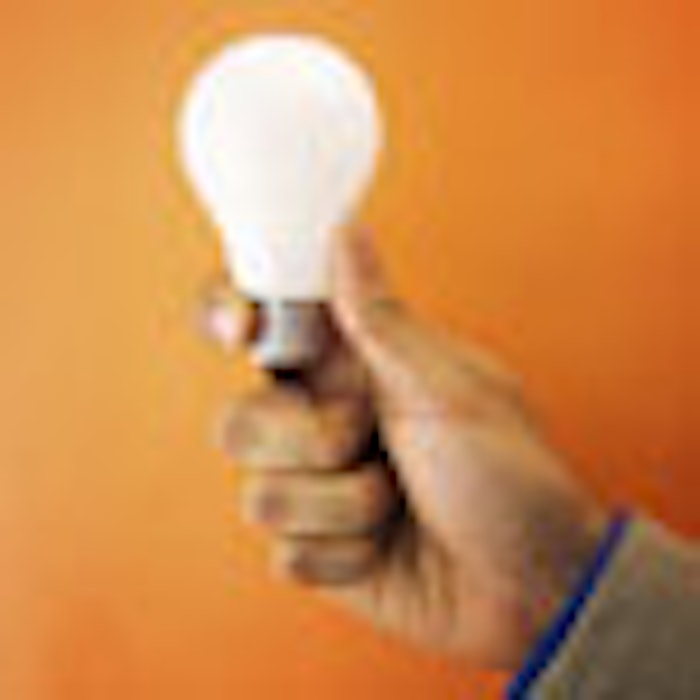
By Susie Ellis, president, SpaFinder
There are some very practical ways skin care professionals can use the spaevidence.com portal. These include:
- Finding research studies that support a particular therapy and printing them out to share with fellow spa professionals or clients.
- Making decisions as to what treatments to include on a spa menu. In addition, some research studies can be cited on spa menus.
- Some research studies can be linked to or used in communications by the spa via newsletter, e-mail blasts and more.
- Showing others (fellow spa professionals or clients) how to use the portal by going directly to a computer terminal and demonstrating its use.
- Using the information to back up claims or to challenge claims.
The most valuable part of the spaevidence.com portal is initially in education and empowerment of each of the users individually, and then as an industry as a whole. By just spending perhaps 15 minutes on the site to begin with, the entire world of evidence-based medicine will be opened up to the user. As a spa professional, this is of profound importance and interest.
No longer do you have to rely on someone else’s “review of the data” regarding what is and what isn’t a proven modality. You don’t have to sit in silence while a physician derides the use of yoga, music therapy or acupuncture to help people improve their wellness. You now have the power to go and look up the data ourselves.
So one result is an increased level of confidence—not just in knowing which therapies have the most data to support their use for certain conditions, but also in knowing which therapies do not have much data to support their use in order to speak more knowledgably about them. For example, the spa professional will learn that “no evidence” doesn’t mean necessarily that something doesn’t work, but rather that, in many cases, it hasn’t been studied enough.
Using the portal will bring transparency to the entire industry. The transparency in time will result in spa professionals becoming much more confident in what they know and don’t know, what has evidence and what does not. As a result, the spa professional will become comfortable with the transparency and confident in participating in any conversation involving evidence-based medicine.
Specifics
Following are suggestions to help spa professionals become familiar with the site.
- Go to the home page of www.spaevidence.com and look over the 22 therapies/modalities that are currently listed. They are listed in a column on the left and they are each designated with a photo on the lower part of the home page.
- Select one of the therapies to explore. Perhaps start with “yoga” since there is quite a lot of evidence supporting yoga for various medical conditions. Alternatively, select “ear candling” to view a therapy that has no evidence. Click on the term in either the left hand column or the photo. That will bring you to a page where you will see a definition and three exploration options: research, spotlight and studies in progress.
- Click on “Research” and you will see some introductory remarks that will link to “Learn more about the databases” where the four databases selected for this portal are discussed in greater detail. There is also a link to “Learn more about how medical experts classify the research.” At this link there is a very handy pyramid that explains the Research Evidence Hierarchy and explains the various levels of evidence quality. This is something that can be printed out and posted within a spa or perhaps shared with a client.
- Click on “Research” and you will see the four databases that can be perused by simply clicking on the logo or the name. It will be good to explore each of them to become familiar with the way they are set up as each is a bit different. What is great is that the therapy selected has already been pre-populated as the search term for each of the databases so that when a person clicks on any of the databases, they will immediately go into that database with results of research studies for that term showing.
- Then just look around each database. In time, the spa professional will not only become familiar with the database for the therapy that was pre-populated, but they will become familiar with how to use the database on their own to perhaps narrow the search or conduct a search of their own selecting a therapy that perhaps isn’t yet listed among the 22 therapies.
- The next area to explore might be “Spotlight.” Here you will find five curated studies that have been selected as ones to look at and/or perhaps share with others regarding the term (therapy) chosen. They were selected because they were deemed a close fit with spas and likely of interest to the population of those visiting spas. Printing out a copy of one or two of these for spa clients might be a good idea.
- The next tab to explore would be “Studies in Progress.” Here it will be possible to click on either NIH’s Clinical Trials database or the World Health Organization where trials that are currently underway are listed. Participating in a trial or suggesting someone for participation is a possibility from these pages.
- Under the list of therapies on the left side of the page, there is a tab for “Conversations.” This is where a spa professional can comment, ask questions and make suggestions.
- Under the list of therapies on the left side of the page, under the “Conversations” tab is a tab for “Contributions.” This tab leads to a form that a spa professional can complete should they want to contribute a research study they are aware of that might be of interest to the spa and wellness community. It is also a place for a spa professional to share anecdotal evidence regarding results observed from utilizing a particular therapy. In time, this might be of interest to those considering conducting a research study and serve as background information.
Using spa evidence to improve your business
First, spa owners/operators/managers should really spend some time with this new portal and fully understand how it works. It provides direct access to four key, authoritative evidence-based medicine databases: Natural Standards, the Cochrane Library, PubMed the meta-search engine, TRIP. All of these databases/resources are conveniently pre-searched for the existing medical studies that have been done on 22 common spa/wellness therapies from acupuncture to massage to yoga.
Train your therapists and managers to also fully understand and use this portal (and the four databases within it) so they can deploy (whether conversationally or at a computer kiosk) the specific medical research to inform, convert and "sell" clients on a course of spa/wellness treatments and approaches that can be specific to their needs and conditions. Taking the time to implement this information-based dialogue can create a really powerful form of trust and relationship-building and a uniquely motivated client who is far more likely to re-think and believe in spa therapies as part of their health regimen, and not as an occasional indulgence.
Put a link/links to this important resource on your spa's website/homepage/relevant site pages. Your spa can also review which of the 22 spa therapies/modalities you have in place at your spa, and provide links to each of these specific "overview" pages (the jumping off place for research) throughout and in most relevant parts of your site. This can provide a more customized point-of-entry for your clients.
The ever-mounting medical evidence behind so many spa and wellness therapies is THE MOST powerful marketing message you can present to clients. This is the evidence doctors use, and it's hard science, not soft, fluffy advertising messages. So use the data in your marketing messages and in your ongoing communications with your clients. Get creative with using the data (The sky's the limit—you could have staff use stats in e-mail signatures, rotate them on your site, print them in signage in the spa). Make the existing data and the new studies that will keep coming a part of your informational outreach to clients. For example, if a new study on massage comes out, get the news out to them and combine it with a promotion or offer.
More and more spas have an intake questionnaire/consultation on clients' health issues/concerns/specific needs and goals. After this intake/info gathering, customize a program/course of therapy specifically using the medical evidence to back up your recommendations. This can be done in an in-person consultation, or in an e-mail with a follow-up consultation.
Hold/create educational events where you teach your community and clients about how and why to use the new database. Combine this with free treatments that let people experience your offerings while understanding and being sold on their medical value simultaneously.
Embrace, and don't be afraid of, transparency. There are a few spa therapies, such as ear candling, that not only do not have the medical research to support them, they actually have negative medical research (they can harm). Spas and wellness centers need to use the portal smartly. You and your employees need to understand and communicate that the lion’s share of clinical studies have been devoted to the effects of new drugs and medical procedures, and not that beauty treatments are not part of the medical research. You need to clearly communicate that if you or your clients DON’T find studies on how a particular spa/wellness therapy impacts a particular health issue, it does not mean that the therapy is proven not to be valuable; it simply means the evidence doesn't exist. Studies that have been completed, whether the outcomes were positive, negative or inconclusive, are accessible at the four databases presented on the site.
Don't be intimidated by the new website! While these databases are clinical tools used by medical professionals, and you will inevitably face some confusing medical jargon, just jump in and use it!
